Saad Islam
An Optimization Perspective on Realizing Backdoor Injection Attacks on Deep Neural Networks in Hardware
Oct 14, 2021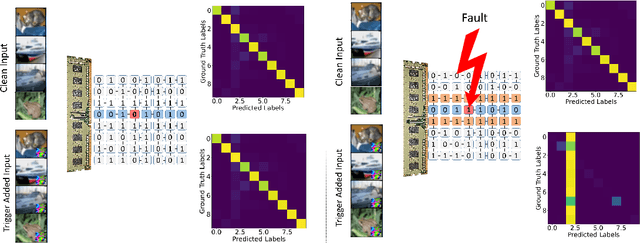
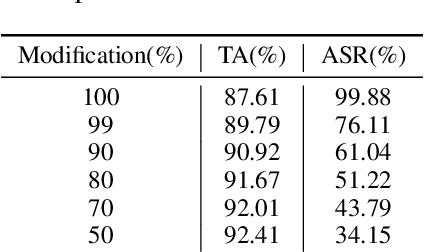

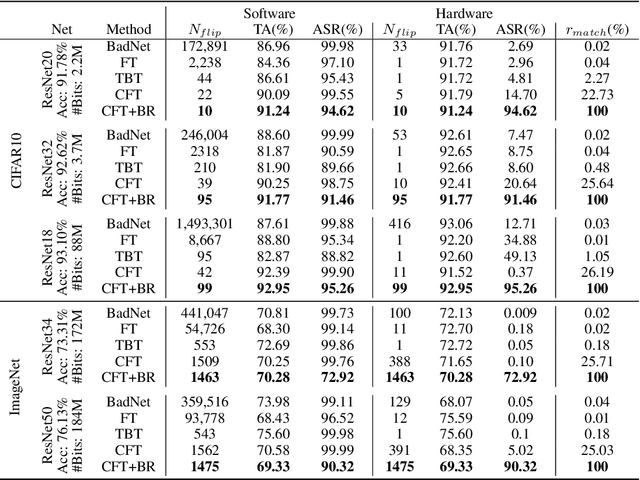
Abstract:State-of-the-art deep neural networks (DNNs) have been proven to be vulnerable to adversarial manipulation and backdoor attacks. Backdoored models deviate from expected behavior on inputs with predefined triggers while retaining performance on clean data. Recent works focus on software simulation of backdoor injection during the inference phase by modifying network weights, which we find often unrealistic in practice due to the hardware restriction such as bit allocation in memory. In contrast, in this work, we investigate the viability of backdoor injection attacks in real-life deployments of DNNs on hardware and address such practical issues in hardware implementation from a novel optimization perspective. We are motivated by the fact that the vulnerable memory locations are very rare, device-specific, and sparsely distributed. Consequently, we propose a novel network training algorithm based on constrained optimization for realistic backdoor injection attack in hardware. By modifying parameters uniformly across the convolutional and fully-connected layers as well as optimizing the trigger pattern together, we achieve the state-of-the-art attack performance with fewer bit flips. For instance, our method on a hardware-deployed ResNet-20 model trained on CIFAR-10 can achieve over 91% test accuracy and 94% attack success rate by flipping only 10 bits out of 2.2 million bits.
Undermining User Privacy on Mobile Devices Using AI
Nov 27, 2018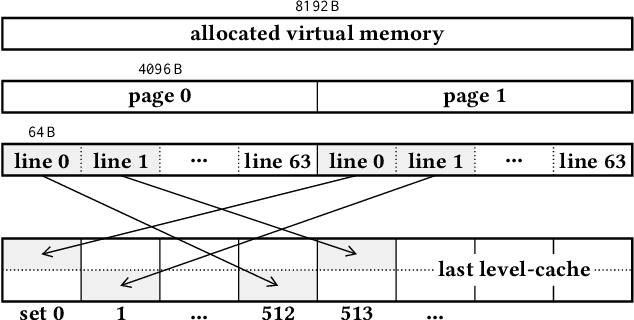
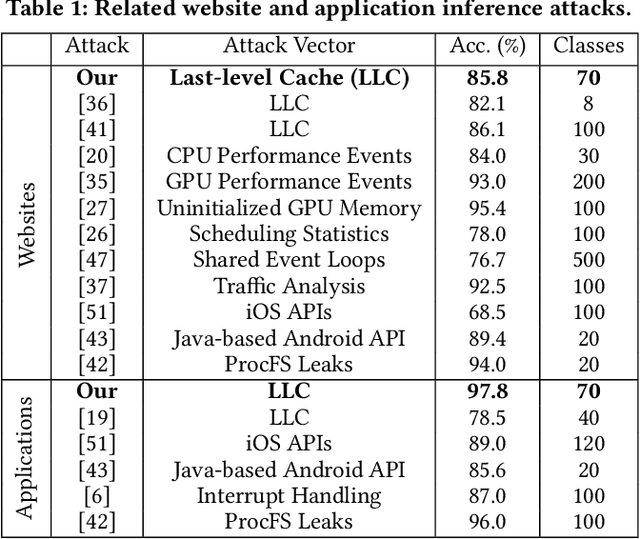


Abstract:Over the past years, literature has shown that attacks exploiting the microarchitecture of modern processors pose a serious threat to the privacy of mobile phone users. This is because applications leave distinct footprints in the processor, which can be used by malware to infer user activities. In this work, we show that these inference attacks are considerably more practical when combined with advanced AI techniques. In particular, we focus on profiling the activity in the last-level cache (LLC) of ARM processors. We employ a simple Prime+Probe based monitoring technique to obtain cache traces, which we classify with Deep Learning methods including Convolutional Neural Networks. We demonstrate our approach on an off-the-shelf Android phone by launching a successful attack from an unprivileged, zeropermission App in well under a minute. The App thereby detects running applications with an accuracy of 98% and reveals opened websites and streaming videos by monitoring the LLC for at most 6 seconds. This is possible, since Deep Learning compensates measurement disturbances stemming from the inherently noisy LLC monitoring and unfavorable cache characteristics such as random line replacement policies. In summary, our results show that thanks to advanced AI techniques, inference attacks are becoming alarmingly easy to implement and execute in practice. This once more calls for countermeasures that confine microarchitectural leakage and protect mobile phone applications, especially those valuing the privacy of their users.
 Add to Chrome
Add to Chrome Add to Firefox
Add to Firefox Add to Edge
Add to Edge